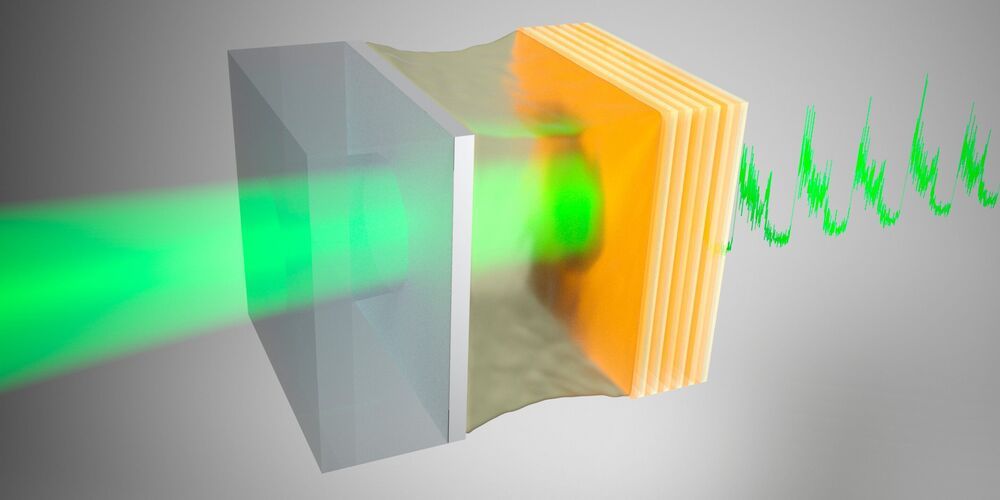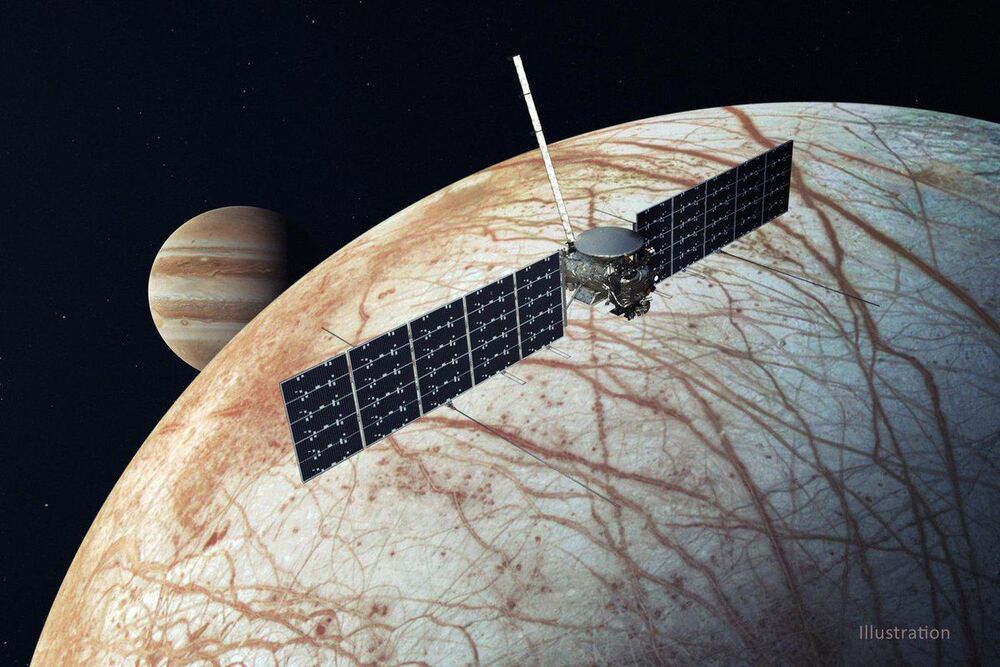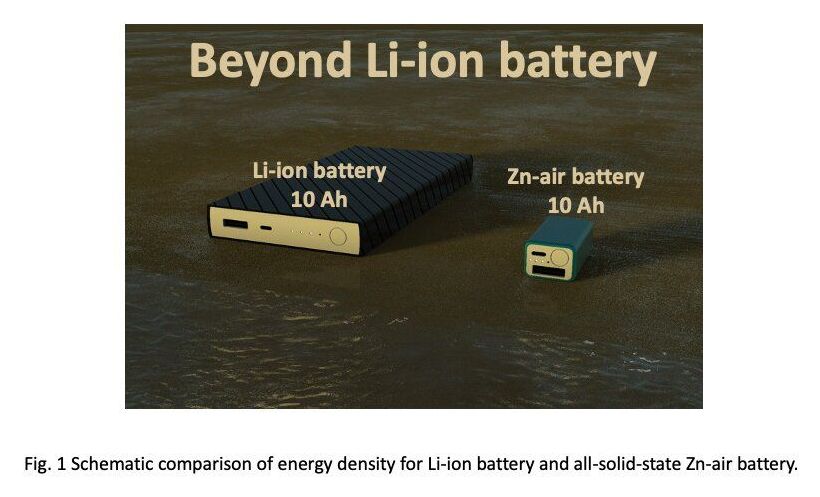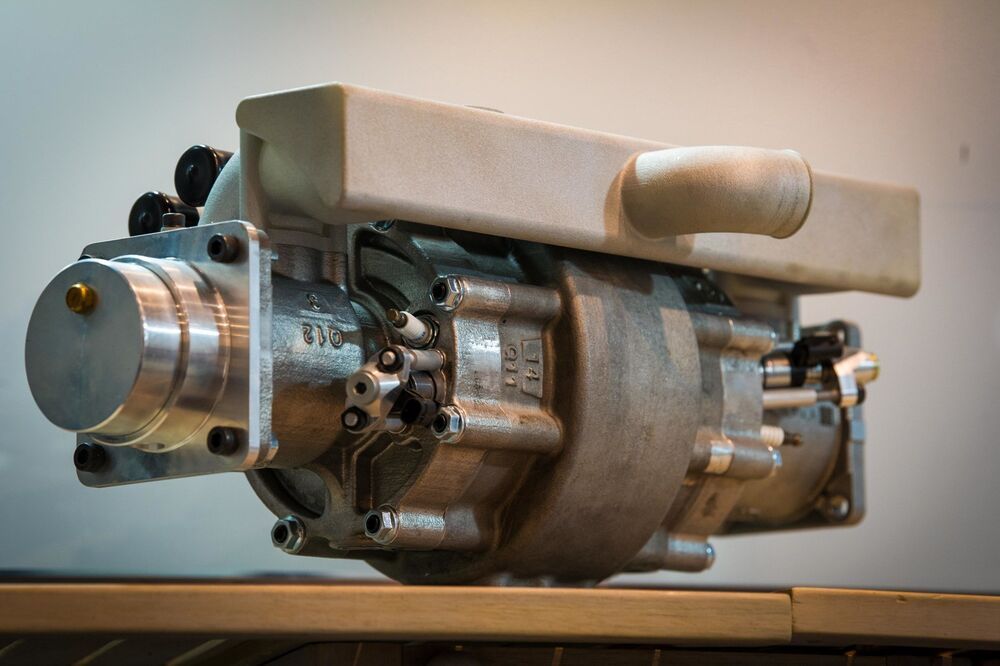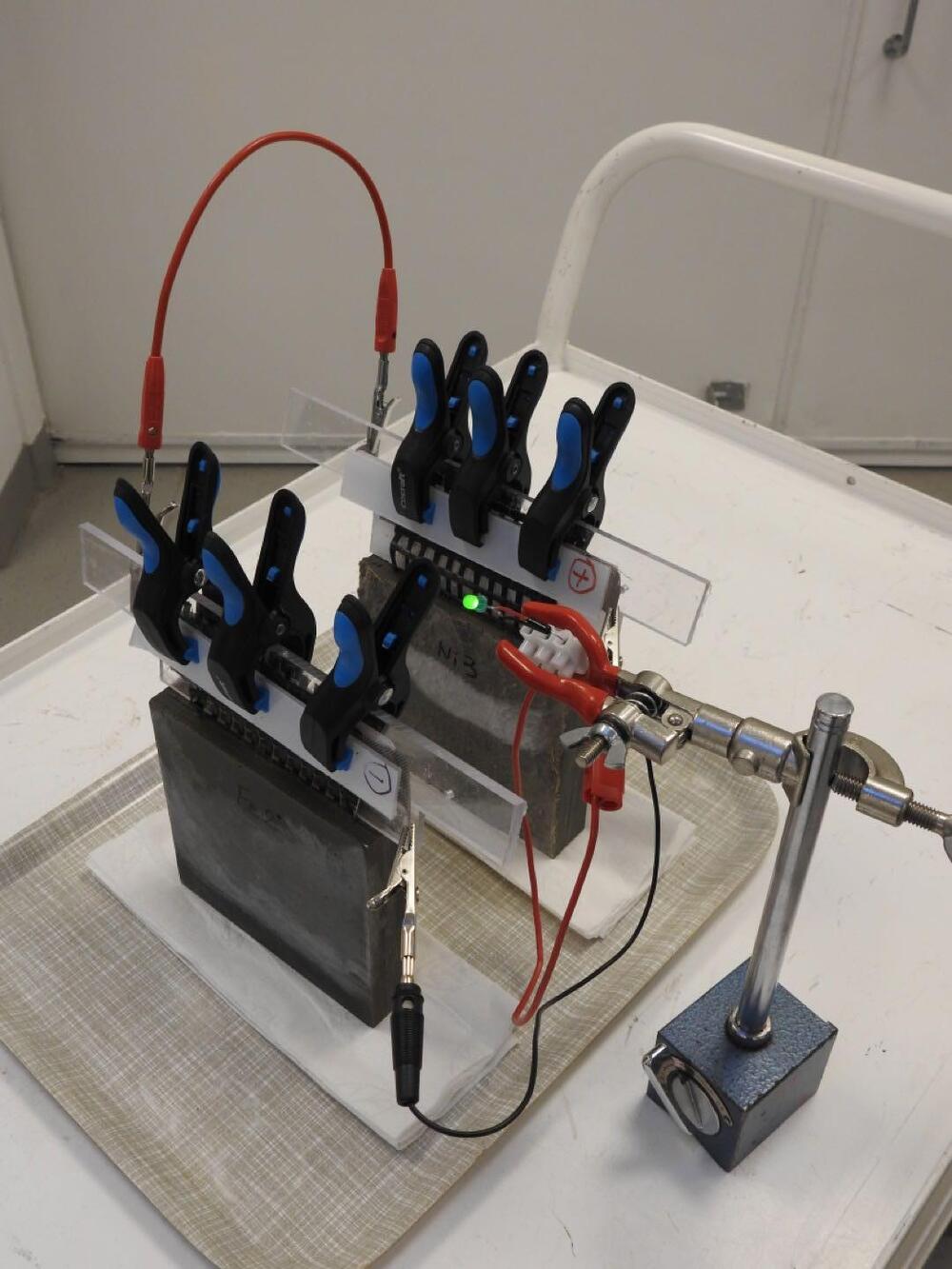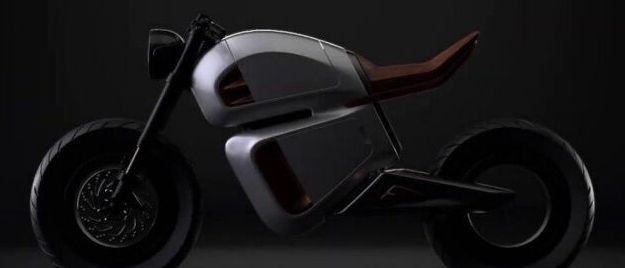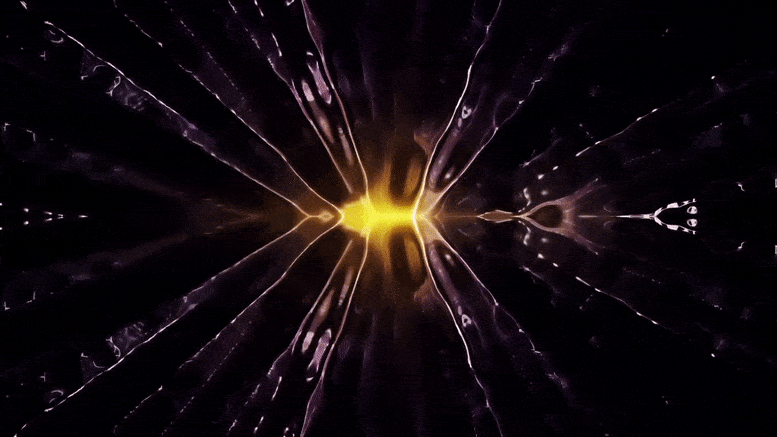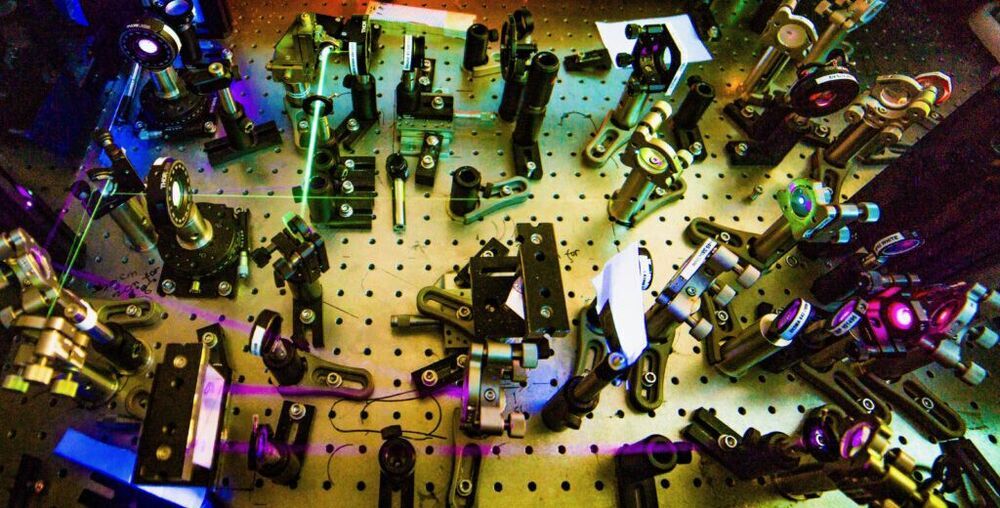Thermoelectric (TE) conversion offers carbon-free power generation from geothermal, waste, body or solar heat, and shows promise to be the next-generation energy conversion technology. At the core of such TE conversion, there lies an all solid-state thermoelectric device which enables energy conversion without the emission of noise, vibrations, or pollutants. To this, a POSTECH research team proposed a way to design the next-generation thermoelectric device that exhibits remarkably simple manufacturing process and structure compared to the conventional ones, while displaying improved energy conversion efficiency using the spin Seebeck effect (SSE).
A POSTECH joint research team—led by Professor Hyungyu Jin and Ph.D. candidate Min Young Kim of the Department of Mechanical Engineering with Professor Si-Young Choi of the Department of Materials Science and Engineering—has succeeded in designing a highly efficient thermoelectric device by optimizing the properties of both the interior and surface of the magnetic material that makes up the SSE thermoelectric device. This is a pioneering study to show the possibility of fabricating a next-generation thermoelectric device by utilizing the SSE, which has remained in fundamental research. These research findings were recently published in the online edition of Energy and Environmental Science, an international academic journal in the field of energy.
Conventional TE devices rely on the charge Seebeck effect, a thermoelectric effect wherein a charge current is generated in the direction parallel to an applied temperature gradient in a solid material. This longitudinal geometry complicates the device structure and limits manufacturing such TE devices.

